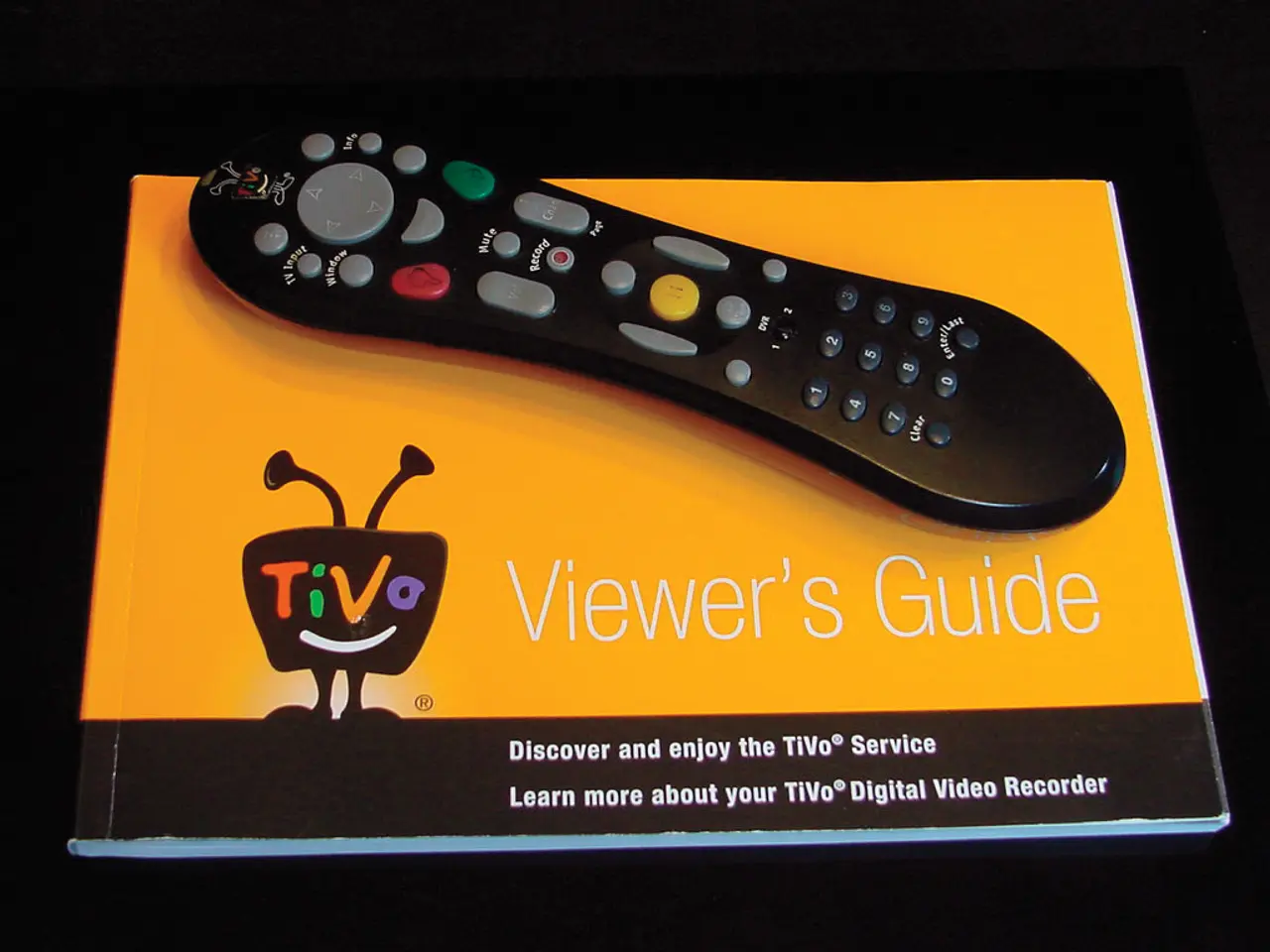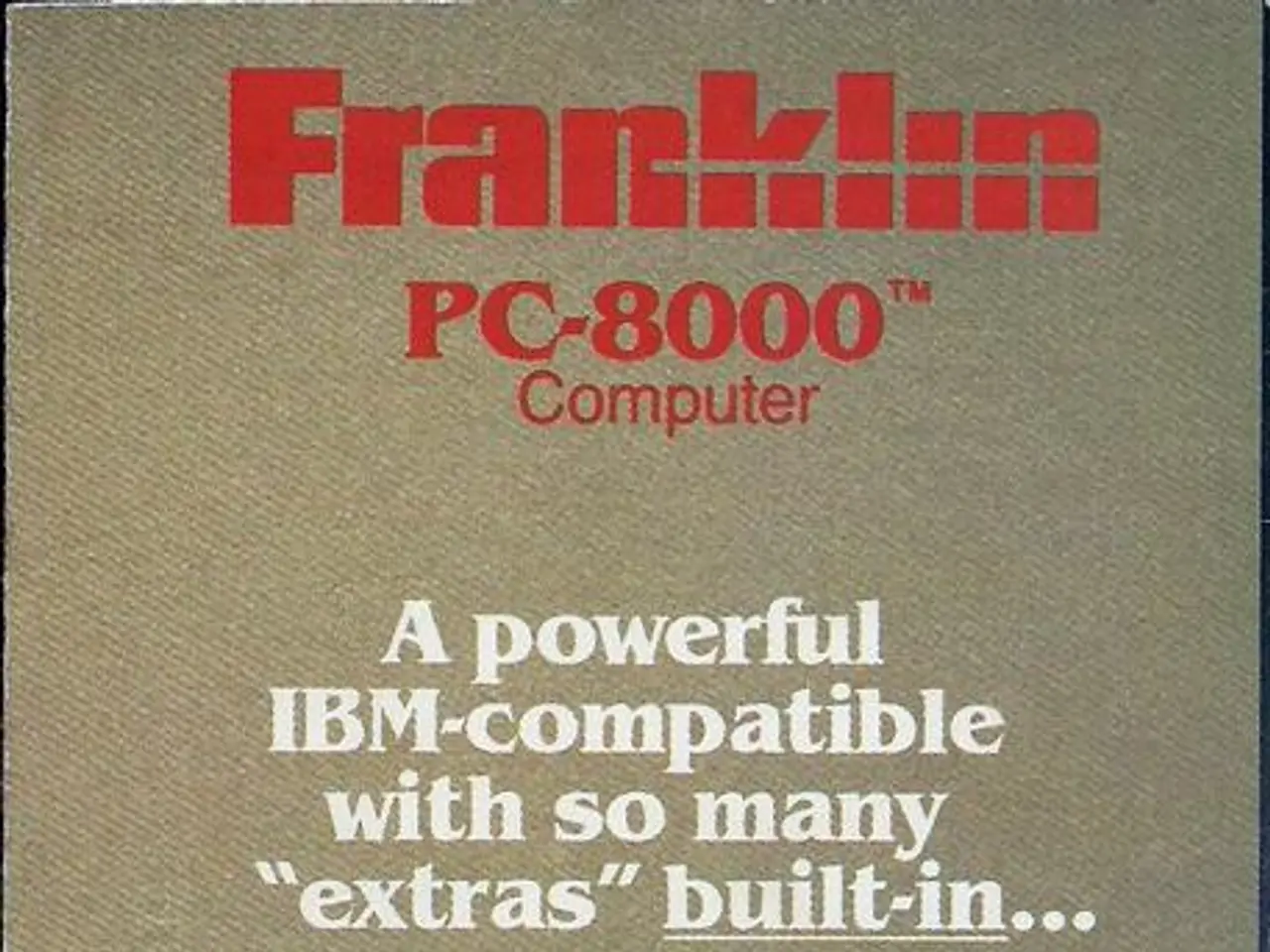Wearable technology's popularity is set to skyrocket, avoiding a repeat of misconceptions surrounding BYOD (Bring Your Own Device).
In the dynamic world of consumer electronics, the launch of the Apple Watch in 2015 marked a significant milestone. This innovative device, a blend of technology and fashion, established Apple as a dominant force in the smartwatch market and accelerated the general acceptance and adoption of wearable technology.
The Apple Watch offered a compelling combination of health tracking, connectivity, and seamless integration with the broader Apple ecosystem. This mix proved irresistible to consumers, helping to move smartwatches from niche gadgets to mainstream consumer electronics.
One of the key factors that contributed to the Apple Watch's success was its strong consumer adoption. In its early stages, the device captured over 50% of the global smartwatch market share, demonstrating a clear preference among consumers.
The Apple Watch also played a crucial role in fostering broader consumer awareness and interest in wearables. Through health-focused features such as heart rate monitoring, activity tracking, and notifications, it piqued the curiosity of consumers who were previously sceptical about the potential benefits of wearable technology.
Moreover, the Apple Watch served as a catalyst that prompted traditional watchmakers and the tech industry to take wearables seriously. Its introduction of a new category that competed with traditional wristwatches at varying price points had a noticeable impact, particularly on the Swiss watch industry starting in 2015.
The Apple Watch also set a product and design standard that influenced subsequent wearable products and expanded the functionality expected from smartwatches. Users could interact with messages, emails, maps, calendar appointments, and favourite apps like Uber or fitness tracking, all from their wrists.
While the initial Apple Watch release did not immediately translate into overwhelming sales growth or disrupt Apple’s core product lines significantly, it laid the groundwork for future iterations and expanding market presence. Over time, the Apple Watch became a pivotal product in wearable technology, fundamentally changing consumer expectations and acceptance of wearable devices.
The true test for the device's popularity lies in the next wave of consumers. As the demand for the upcoming device is expected to come primarily from Apple fans, the acceptance and mass adoption by the general public will be the ultimate measure of its success. The acceptance and mass adoption of wearable devices like the Apple Watch can happen quickly, requiring enterprises to prepare for an influx on their corporate network.
The article in the April 2015 issue of the platform, titled "The devil wears hi-tech: wearable computing in the workplace," discusses the potential impact of the device on the workplace. As the Apple Watch continues to evolve and gain popularity, it is poised to change the way we interact with technology, both in our personal and professional lives.
The Apple Watch, a significant milestone in the consumer electronics industry, demonstrated that technology can successfully blend with fashion, culminating in the creation of desirable gadgets like the Apple Watch. As wearable technology gains traction, it becomes increasingly apparent that these devices can swiftly move from niche gadgets to mainstream consumer electronics, such as the Apple Watch.




